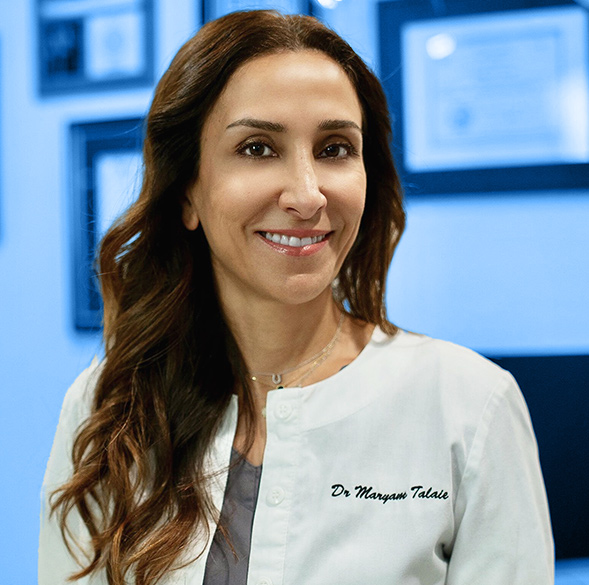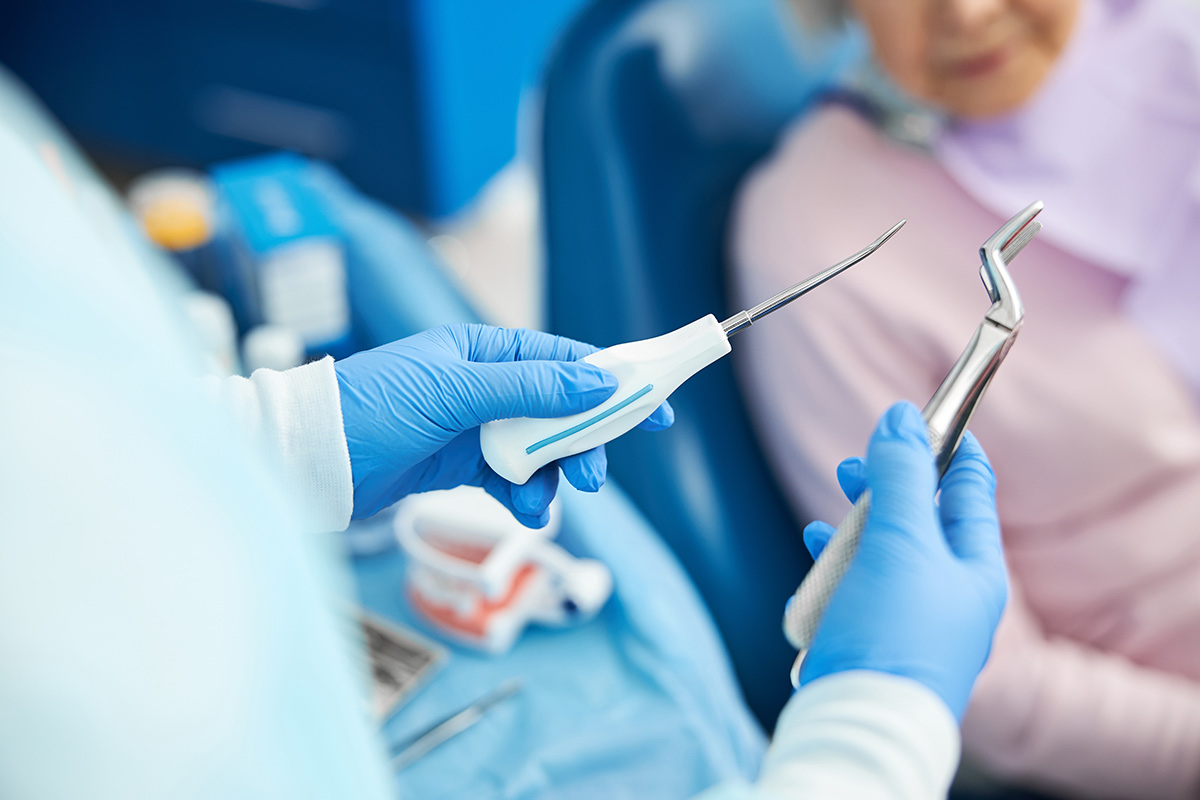Reasons for needing a tooth extraction

Surgically removing a tooth is necessary for several reasons. Among these reasons are tooth decay, gum disease, crowded teeth, impacted teeth, and tooth breakage. However, once dental trauma or decay occurs on teeth, it is vital to take proper steps to ensure the issue does not spread to other teeth. In this case, a tooth extraction is necessary.
Before the tooth extraction

To prevent nausea before, during, and after the surgery, your dentist may require you to fast 12 hours before the procedure. That only applies if general anesthesia is needed. As a result of general anesthesia, you will remain unconscious for the duration of the procedure. If your issue isn’t as severe, local anesthetics may be used to completely numb the extraction area so you don’t feel any pain.
During the tooth extraction
The process takes anywhere from 20-40 minutes, depending on whether you need a general or a local anesthetic. After the area is thoroughly numbed, your dentist will loosen the tooth extracted from the gum with an elevator device.

An elevator is a dental device used before extraction to loosen the tooth and make it easier to pull.
Once the tooth is loosened, your dentist will use forceps and place them around the tooth. Once secure, the dentist will remove the tooth from your gum socket and jawbone. This completes the tooth extraction process.
The Recovery Process
After procedures like a tooth extraction, recovery time is short. However, the extraction site should heal within a few days following the procedure. The following steps will assist in securing and speeding up the healing process:
Contact your dentist immediately if you’re still experiencing pain after several days or have signs of infection such as fever, pain, pus, or drainage from the extraction site.
See our Comprehensive Guide on Tooth Extraction
Our Comprehensive Guide on Tooth Extractions covers the following topics and more advanced topics to help you make an informed decision about tooth extractions and ideas on what to consider when replacing an extracted tooth:




0 comments on “Tooth Extraction Procedure and Recovery”